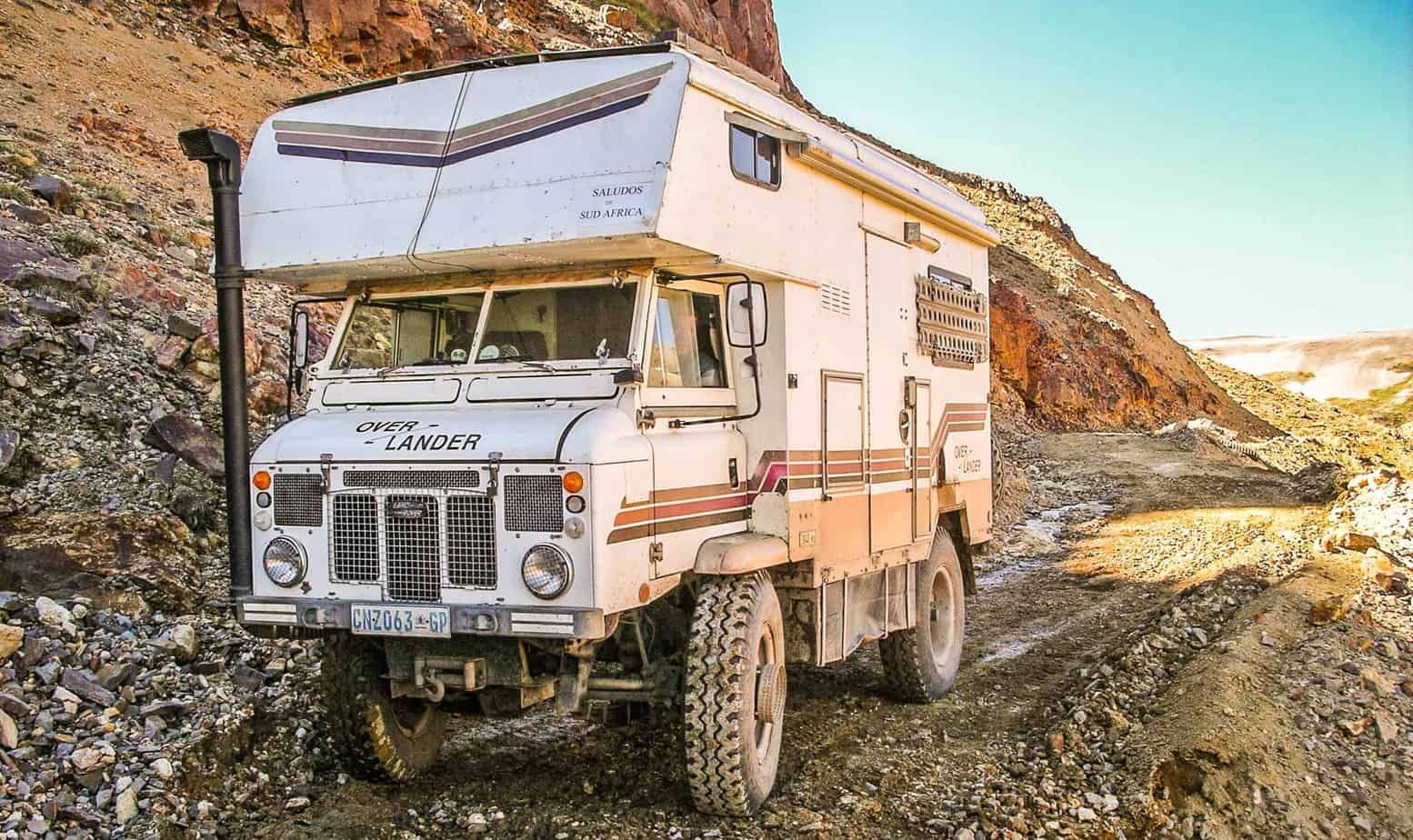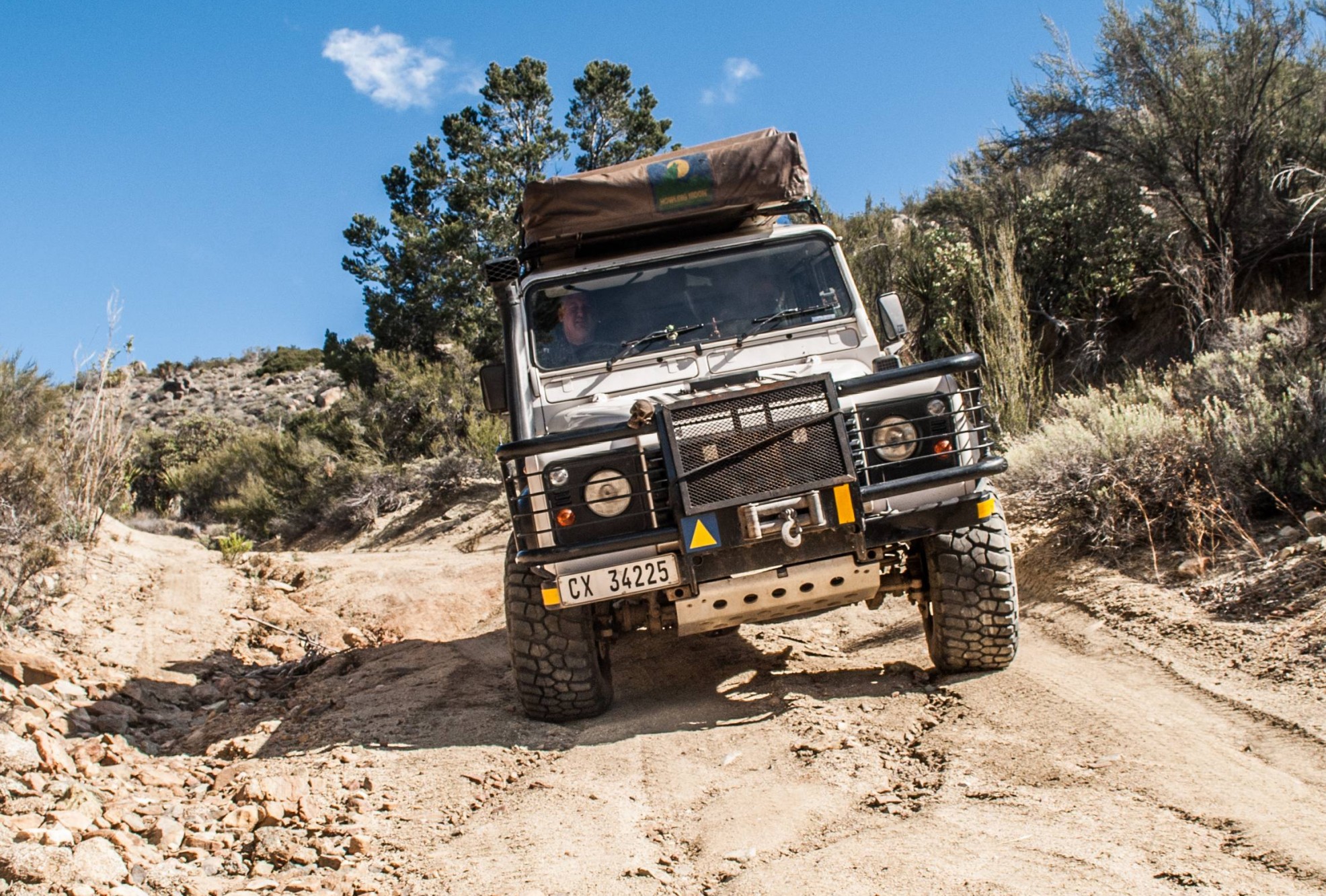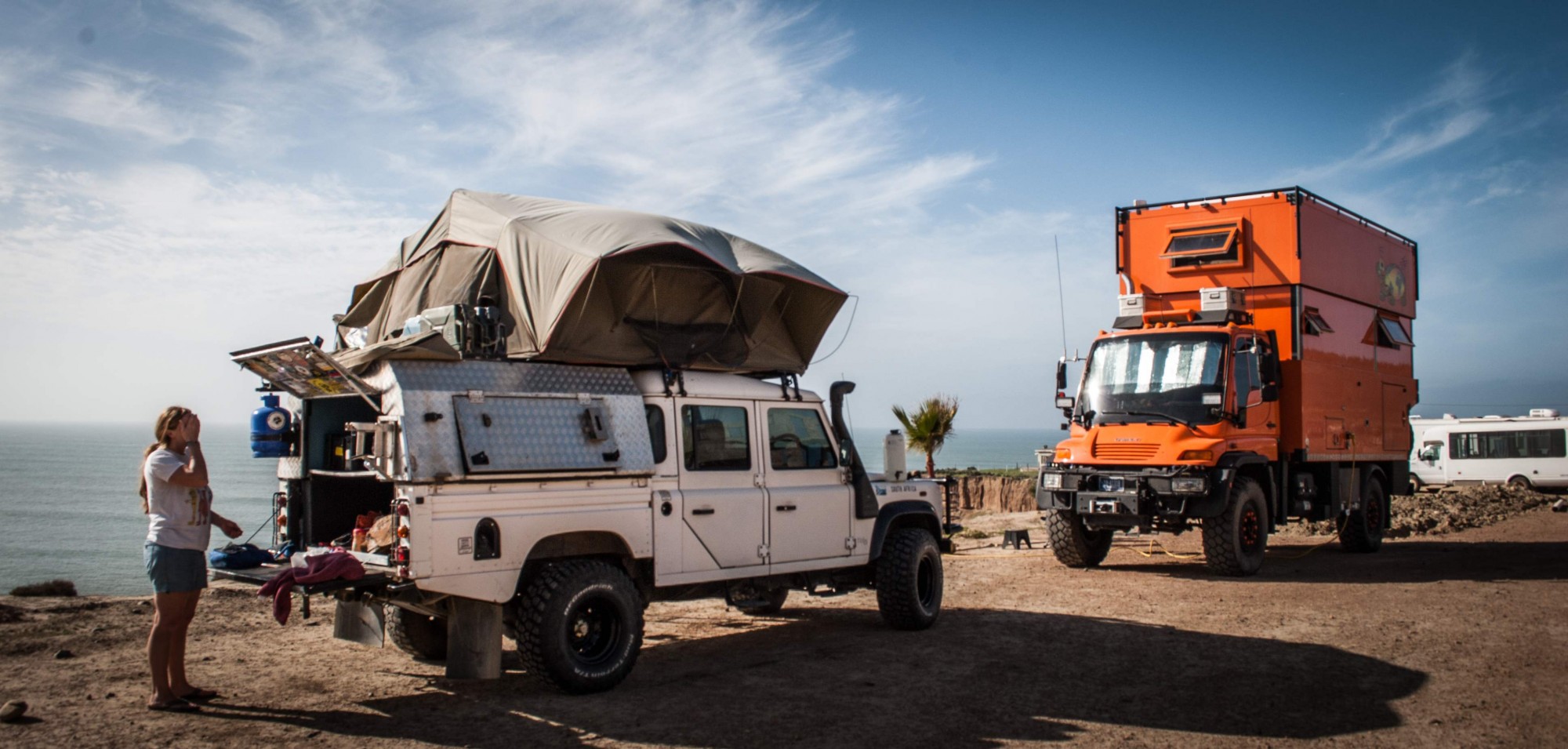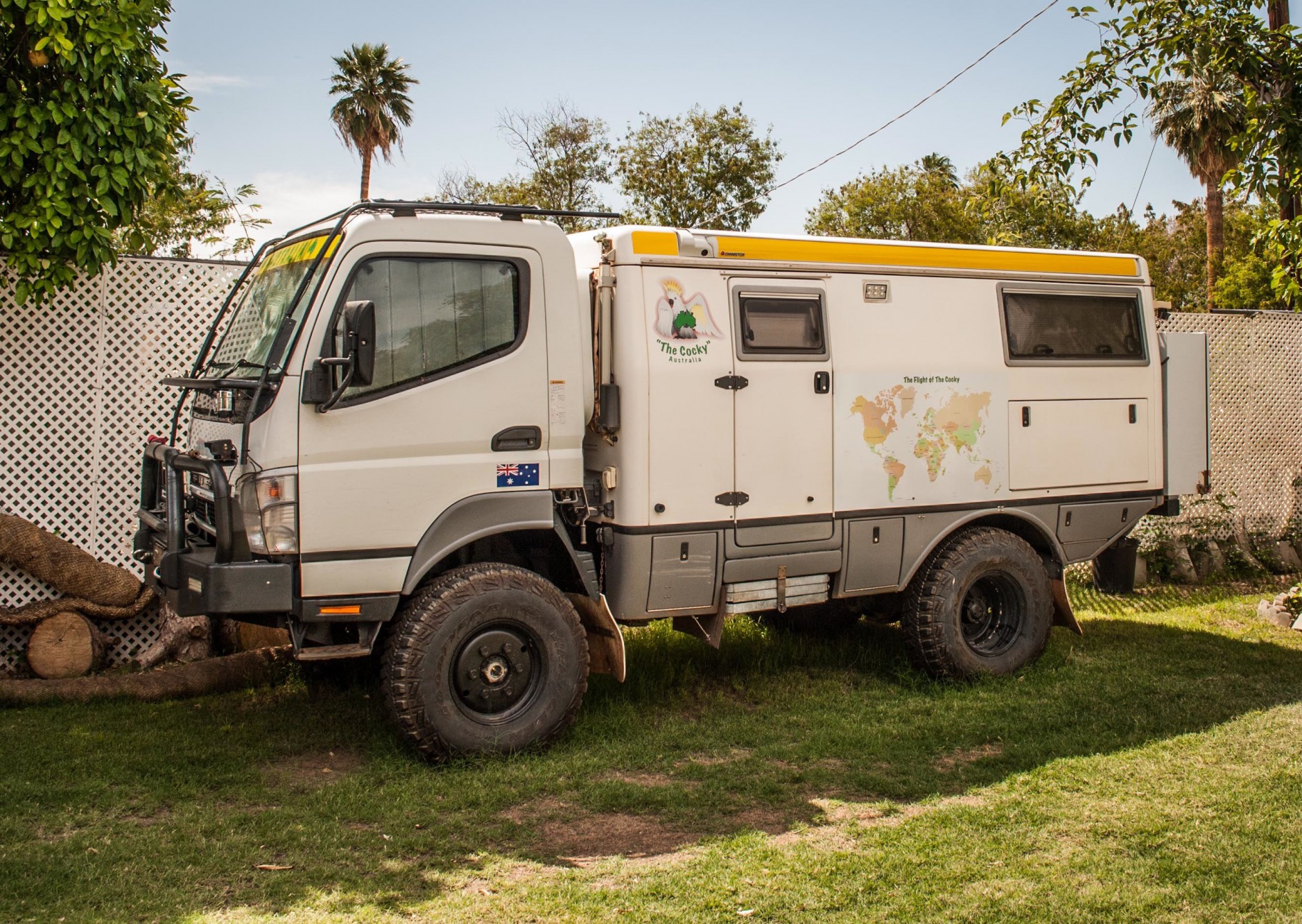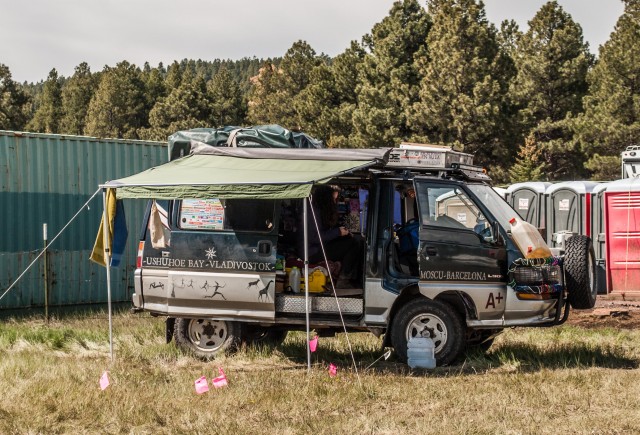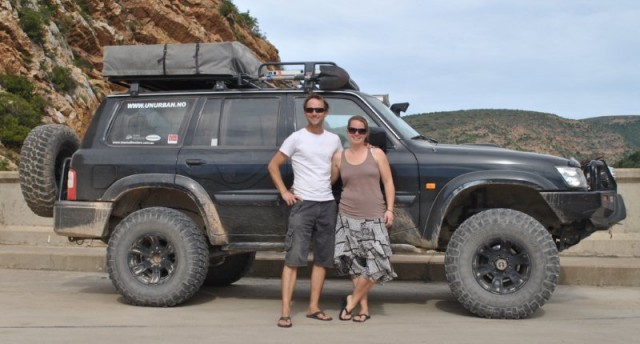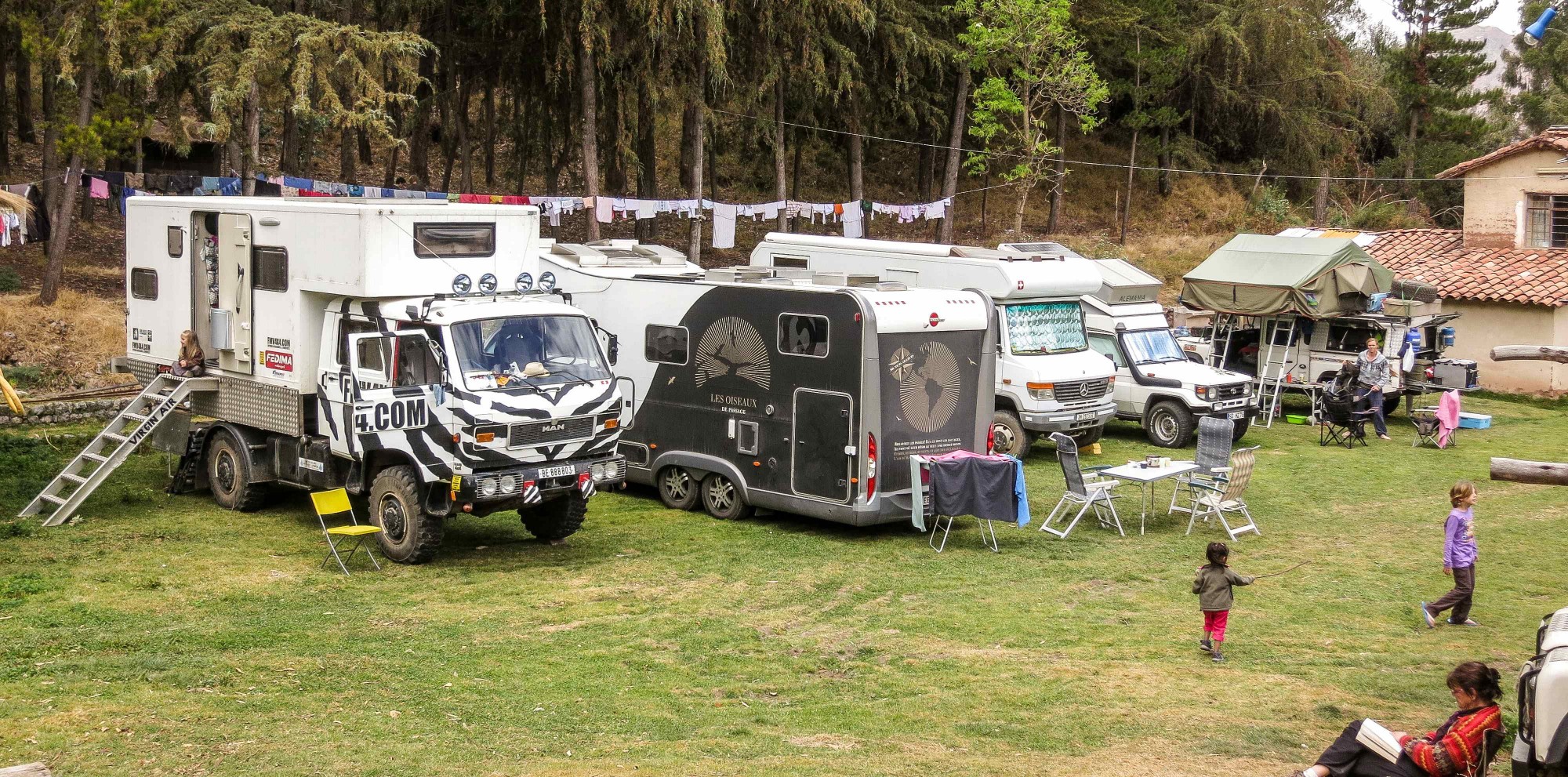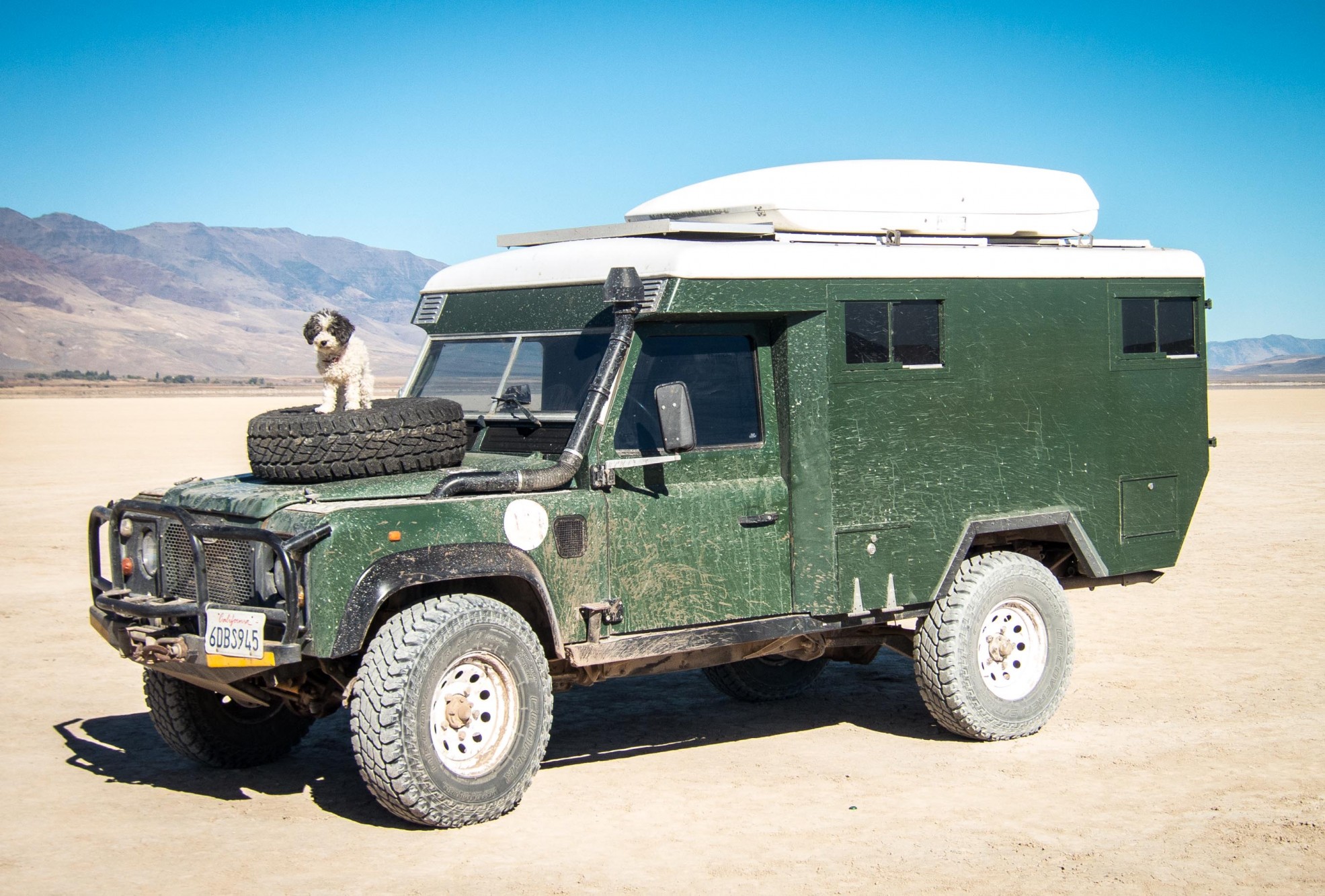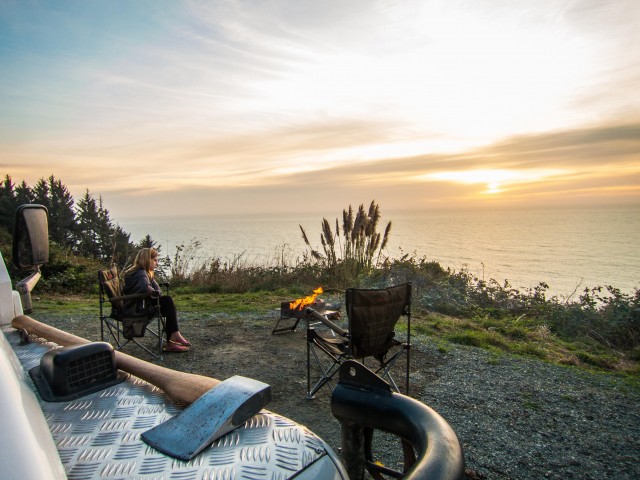There is a very important distinction which needs to be made between the offroader and the overland traveller as often the two are thought to be the same. An offroader uses his vehicle, usually highly modified and not his daily driver, for recreational purposes and perhaps the odd holiday where he will venture into the realm of the overlander for a while. His priority is to test the limitations and endurance of both himself and his vehicle either in designated 4×4 areas or on a round trip to an adventure destination where he will rely on the vehicle to take him to remote places over difficult terrain. The offroader has nerves of steel.
The overlander’s objective is adventure travel over vastly changing terrain while testing his own courage and resourcefulness and the vehicles endurance and reliability, all while maintaining some degree of comfort, usually over an extended period of time. Not all overlanders like to drive far from the beaten track and many will never exploit the off road capabilities of their vehicles. There is nothing wrong with this way of travel. Many places we have been are accessible by a well driven, unloved sedan. If you are an offroader who intends to become a long term overlander you will have a fantastic journey if you are willing to adapt your mindset by carefully considering your long term travel needs.
There is a German whom I never met who toured Central South America at the same time we were there (the first time around). We had mutual friends so the rumours we heard were fresh. He drove a custom modified Pinzgauer-based vehicle which resembled a lunar landing pod with wheels. The dashboard and ceiling of the driver’s cab was equipped with knobs and dials and switches, lights that flashed, and gauges to inform of the pressure, fluid level, heat and health of every bloody moving part. Antenna swayed above the vehicle and a satellite dish jutted out the side of the living quarters. He had upgraded almost every part and had installed an electrical system which would baffle most electrical engineers. The thing had six driven wheels, portal axles, lockers on each differential, self inflating tyres, you name it. It probably cost more than I have ever earned or spent, and I started working when I was 14. The problem was…the thing hardly ever worked. The electrical system would crash frequently and the highly tuned engine ate the gearbox and pooped out the clutch. Twice he had to have a technician and a huge crate of spare parts flown in from some spotless Swiss workshop. Those mechanical problems were undoubtedly an inconvenience and very, very frustrating, but we are going to assume that Herr. Otto had a huge pile of Euros under his bed back home in Bavaria. The rub was that though the vehicle was designed to be highly competent off road it was unreliable and therefore unlikely to leave the hard top for any significant periods of time.
Contrary to popular belief, many overlanders are not able to afford the over the top rig or the associated costs. If you are going to travel around the world in a 4×4, or any vehicle, you want to live by that old corporate chestnut: KISS, or Keep It Simple Stupid. No doubt when planning to outfit your vehicle you will spend countless hours on the web and attend outdoor shows where gleaming hardware and camouflage strapping solar powered water filtration air beds will coax the hard earned cash right out of your pants. That burly, khaki clad salesman who once drove a fully kitted Toyota to REI on a particularly wet and windy day will convince you that you should not even consider leaving home without rock sliders and the custom roof rack with the full length LED light bar, three extra fuel and water tanks including the latest generation NASA-designed pumps installed by his workshop while they drill in a cast iron drawer system, a full lighting system, a bar, two fridges, military grade under body protection, 40-inch tyres and all the associated upgrades to the running gear and electrical system. All of that is great if you plan to use the vehicle to impress your mates and a busty girl every second weekend, and once a year for a run to Moab, but maybe not so great when you are planning to be a long term traveller.
The focus when modifying a vehicle for overlanding should be on comfort and every day usability. You want to be dry when it is raining, warm when it is snowing, cool in a heat wave, protected from the wind with the ability to store and prepare food under all those conditions and sleep well at night, safe from bugs and predators, both two and four legged. Recently we were camping in a desert with a leak of Defender drivers when a small sandstorm blew through camp all night. Everyone was miserable except for the genius who had put an ambulance body on his Defender and our family which could sleep in a tent through a tornado. Said genius (he really is a genius, a rock climbing PanAm vet who manages a team researching paediatric cancer) was warm and clean and safe behind insulated walls. He had sleeping space for two and could cook inside or outside the vehicle. He had one way blacked out windows for privacy, vents for ventilation and fans to cool the interior. The roof housed solar panels and surfboards, and had space for climbing gear or kayaks. Inside he had storage space for more than he needed and a large, lockable safe for cameras and other expensive technology as well as external storage boxes built into the ambulance body’s cavities. I spent a day with him driving some low range routes in the surrounding mountains and was impressed that the Defenders off road capabilities were not hindered at all. I was envious. The cherry on the cake was that he had spent the equivalent of the price of a new roof top tent on the conversion, but, being a genius, he had created that bit of luck.
Our advice to anyone planning a long term overland journey is to first consider their particular style of travel and their own capabilities and requirements. If you like to get out there in the tough stuff and machete your way through a jungle, then you will need a vehicle equipped to be as tough as you are. If you prefer a gentle cruise with a bit of off piste driving and camping thrown in then you will need a vehicle better suited to that style of travel. You will save a ton of money by investing in the vehicle which is best suited to your style of travel. How do you discover your style? Get out there and do it! Take whichever vehicle you have and go for a long drive, explore, meet other travellers and study their rigs. Only then will you know what is right for you.
To learn more about Graeme, the Bell family, and their amazing journey as it unfolds, visit their website by clicking on the banner below:
Find them on Facebook at: a2a Expedition
Get a copy of Graeme’s book We Will be Free at Amazon.


